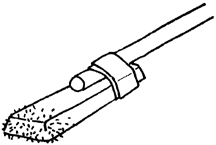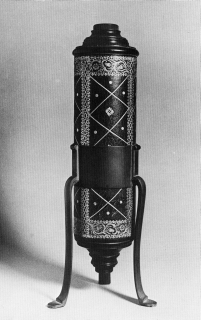Vincenzo Menghini (continued)
|
|
|
| Fig. 1:
Compound microscope (Credit: University Museums) |
 |
Fig. 2: Simple device for teaching
purposes, to collect iron particles - similar to the tool used by Menghini for experiments on
the ash of blood.. (Credit: McREL, Mid-continent Research for Education and Learning) |
|
|
|
| Fig.
3:
Breakfast cereals are sometimes "fortified" with iron (Credit: USDA - Agricultural Research Service) |
Menghini then went on to administer preparations containing iron to animals and humans. Once he had completed blood tests and anatomical tests, he saw that the red part of the blood was richer in iron in those animals and humans that had received the treatment. He also observed that not all the preparations were absorbed in the same way and that some had unpleasant side effects. Thanks to his research, Menghini helped to cure anemia, which is caused by an insufficient supply or absorption of iron. The most common type of anemia, called chlorosis (also known as "virgin’s disease, green sickness or love sickness"), was clinically described for the first time by Johann Lange in 1554. It was very common in Europe and America until the mid-nineteenth century. It made the sufferer’s skin turn a greenish colour and caused amenorrhoea and behavioural problems.
Menghini’s work encouraged pathologists to prescribe their chlorotic patients iron-based preparations, but unfortunately not always with the desired result. The Swiss scientist Sigismond Jaccoud, for example, recorded only a 50% success record. The problem was quite complex and it was seen that, apart from the importance of the chemical form of the iron, copper too played a crucial role.
|
|

